There has been much discussion in the academic and market circles about the role of research in shaping the future of 6G.
Previously, the 3GPP workshop held in Korea in March 2025, based on research and market orientations, proposed 237 recommendations to influence and adjust priorities for 6G. Another outcome of this dialogue process was to emphasize the need to build a digital fabric that facilitates the development of innovative services in the era of machines and AI, as well as bringing two important types of value: reducing total cost of ownership (TCO) and creating new revenue streams for operators.
There was a strong consensus among speakers at the event that “Sustainability has become a buzzword these days.” This sentiment reflects the declining priority given to sustainable development and the criteria no longer seem to be a rigid requirement for 6G.
Regardless of how sustainability is prioritized, the cost of electricity consumption for operators remains too high. It is estimated that this cost accounts for 20% to 40% of operators' operating costs. Improving energy efficiency to reduce costs is now a fundamental need for operators, requiring market and academia researchers to work together to solve for 6G technology.
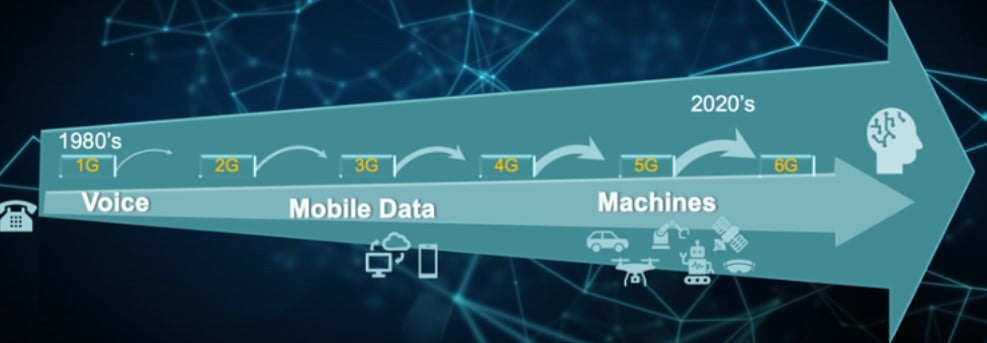
Recent advances in the field of energy efficiency
Mobile networks are designed for high performance, but they are not really optimized for energy conservation. Early efforts by 3GPP (3rd Generation Partnership Project) focused on energy savings and extending terminal battery life. As data demand increased, so did power consumption — and operators found that the radio access network consumed more than 70 percent of total power consumption.
As a result, different mechanisms for the base station’s “sleep” state have been introduced. The power amplifier, while still the most power-consuming component, has improved in performance and wake-up time. However, these improvements are offset by the ever-increasing demand for data, while the component’s power consumption continues to increase at a rate of 2.8% per year.
Research activities both academic and market are underway to address energy efficiency at all levels, including: Significant reduction of unnecessary transmissions; Lean design: time domain + space domain and frequency domain; Energy-saving algorithms for UE-enabled networks; New energy-saving 6G air interfaces.
Simultaneous sleep time synchronization for DL downlink and UL uplink; Automatic carrier on/off in multi-layer configuration; Improved interference management for enhanced spectrum efficiency; New energy-efficient waveforms; Common AI/ML - GPU-accelerated BBU baseband processor... All for energy efficiency while minimizing impact on KPIs.
Switching network
We are in the midst of a transition from today’s mobile networks, which provide connectivity and data transmission, to an evolved network that enables machines and humans to collaborate on a connected digital infrastructure. This network will deliver entertainment and healing experiences, enable people to work, run smart factories, robots to perform disaster recovery missions, and drones to precisely locate and deliver packages. This transformed network will meet the communication needs of humans and machines in the AI era.
This transformational network requires performance, reliability, security, ubiquitous connectivity, and pervasive intelligence that are many times higher than current networks. This network has the ability to sense its environment and adapt to the needs of users and machines on the network.
To meet these high demands, 6G networks need to operate more efficiently across all layers—from the physical layer to components, operations, and applications. These comprehensive performance improvements will lead to greater energy efficiency (Table 1).
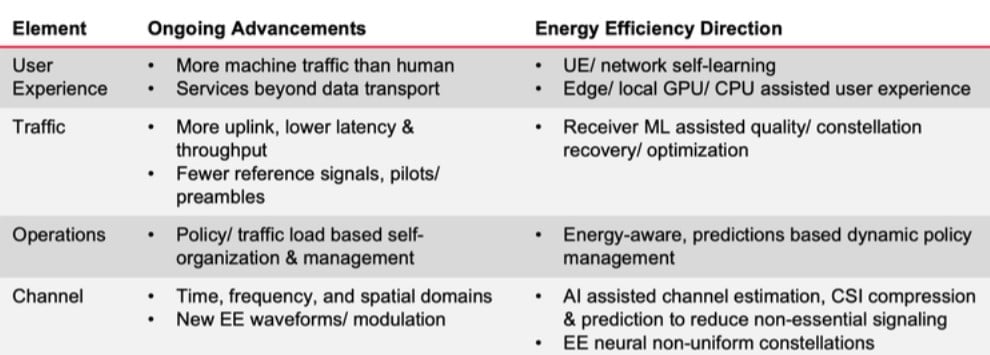 Some examples of advances that contribute to improved energy efficiency.
Some examples of advances that contribute to improved energy efficiency.Future
To date, research and market efforts, as well as standardization activities, have not significantly reduced power consumption. However, 5G base stations are designed to consume less power, gradually phasing out LTE base stations. The transition of existing networks to 5G will help improve energy efficiency and realize the benefits of reduced power consumption.
Additionally, technological advances across network layers, coupled with energy-saving techniques at the network edge, will help reduce overall power consumption.
Early 6G technology may not create the ideal future for energy efficiency. But it will lay the foundation for comprehensive energy efficiency, moving energy efficiency from a post-deployment issue to a design condition.
Source: https://doanhnghiepvn.vn/kinh-te/kinh-doanh/tuong-lai-cua-nghien-cuu-mang-6g-va-hieu-qua-su-dung-nang-luong/20250819103810624


![[Photo] President Luong Cuong attends the 50th Anniversary of Laos National Day](/_next/image?url=https%3A%2F%2Fvphoto.vietnam.vn%2Fthumb%2F1200x675%2Fvietnam%2Fresource%2FIMAGE%2F2025%2F11%2F27%2F1764225638930_ndo_br_1-jpg.webp&w=3840&q=75)


![[Photo] Prime Minister Pham Minh Chinh chairs the 15th meeting of the Central Emulation and Reward Council](/_next/image?url=https%3A%2F%2Fvphoto.vietnam.vn%2Fthumb%2F1200x675%2Fvietnam%2Fresource%2FIMAGE%2F2025%2F11%2F27%2F1764245150205_dsc-1922-jpg.webp&w=3840&q=75)






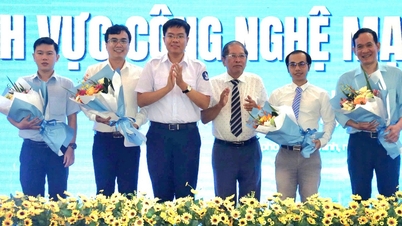


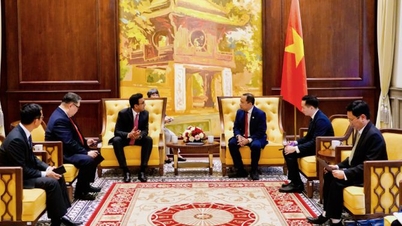


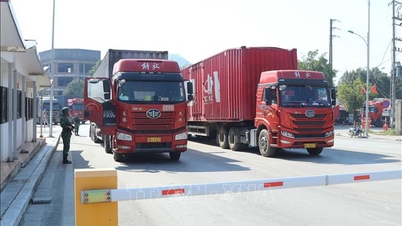


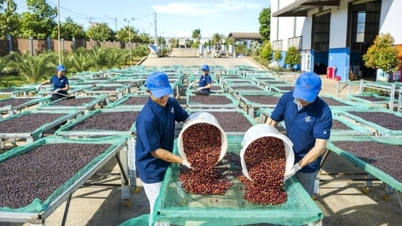

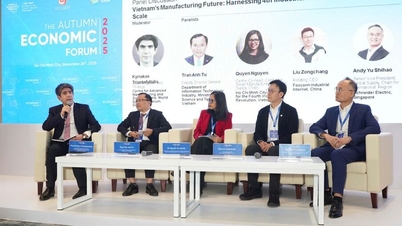


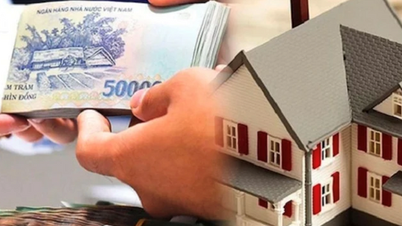





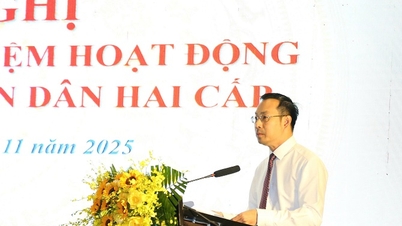

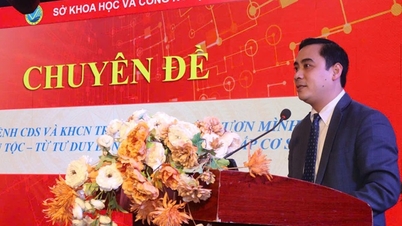
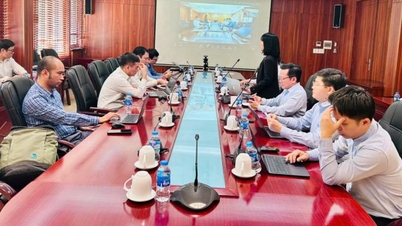
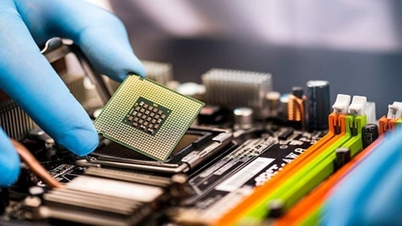
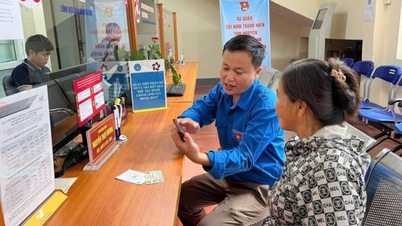


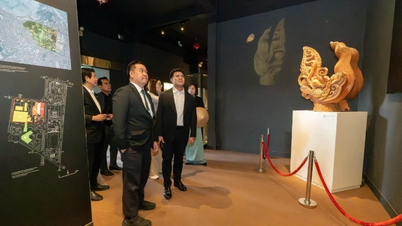




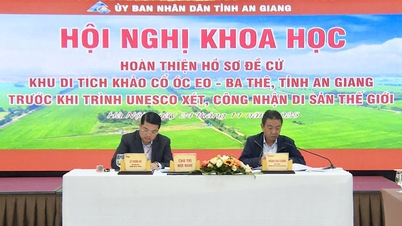





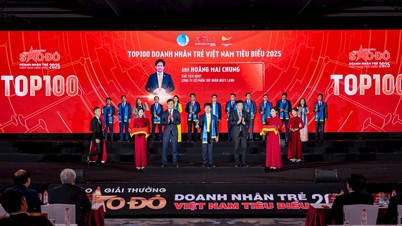

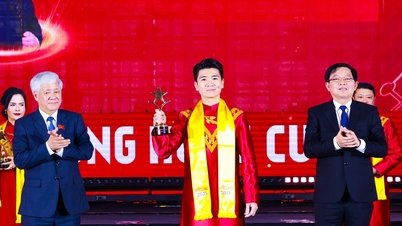




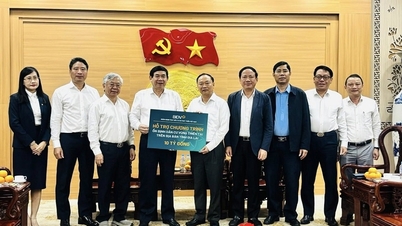
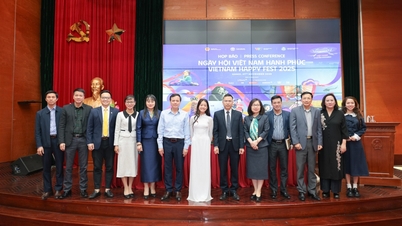










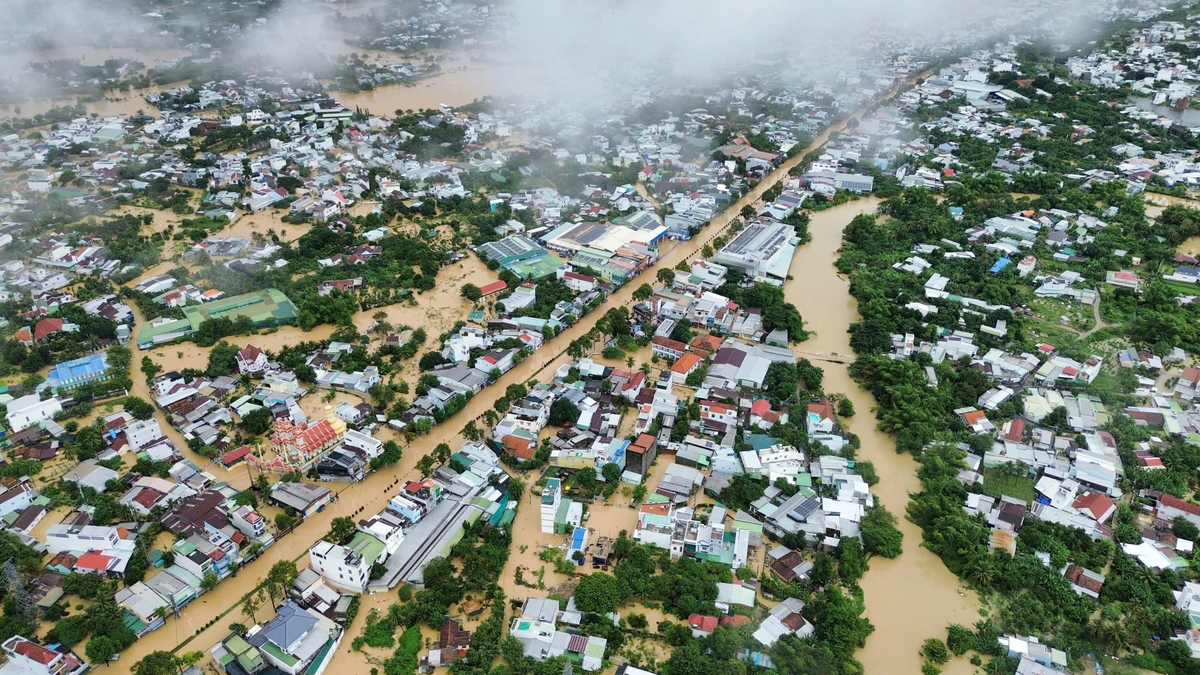









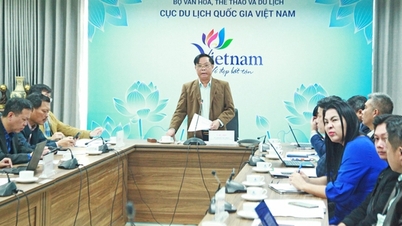

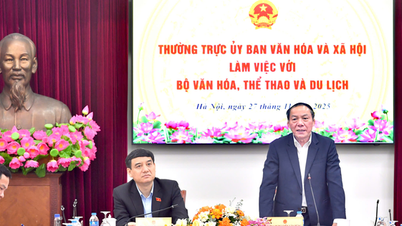



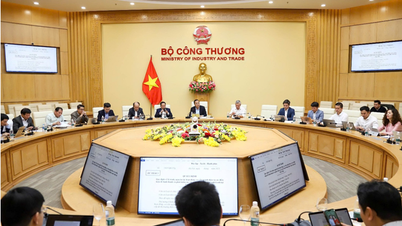

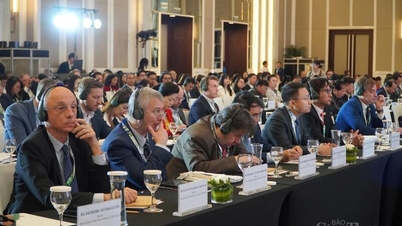
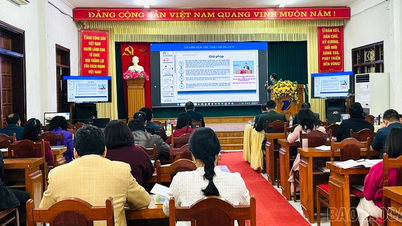










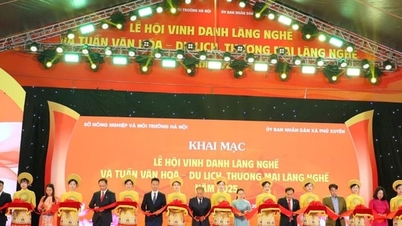

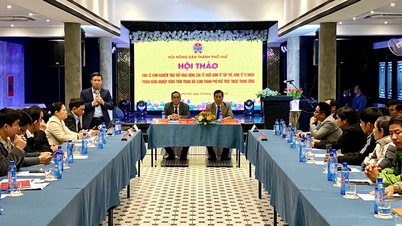









Comment (0)